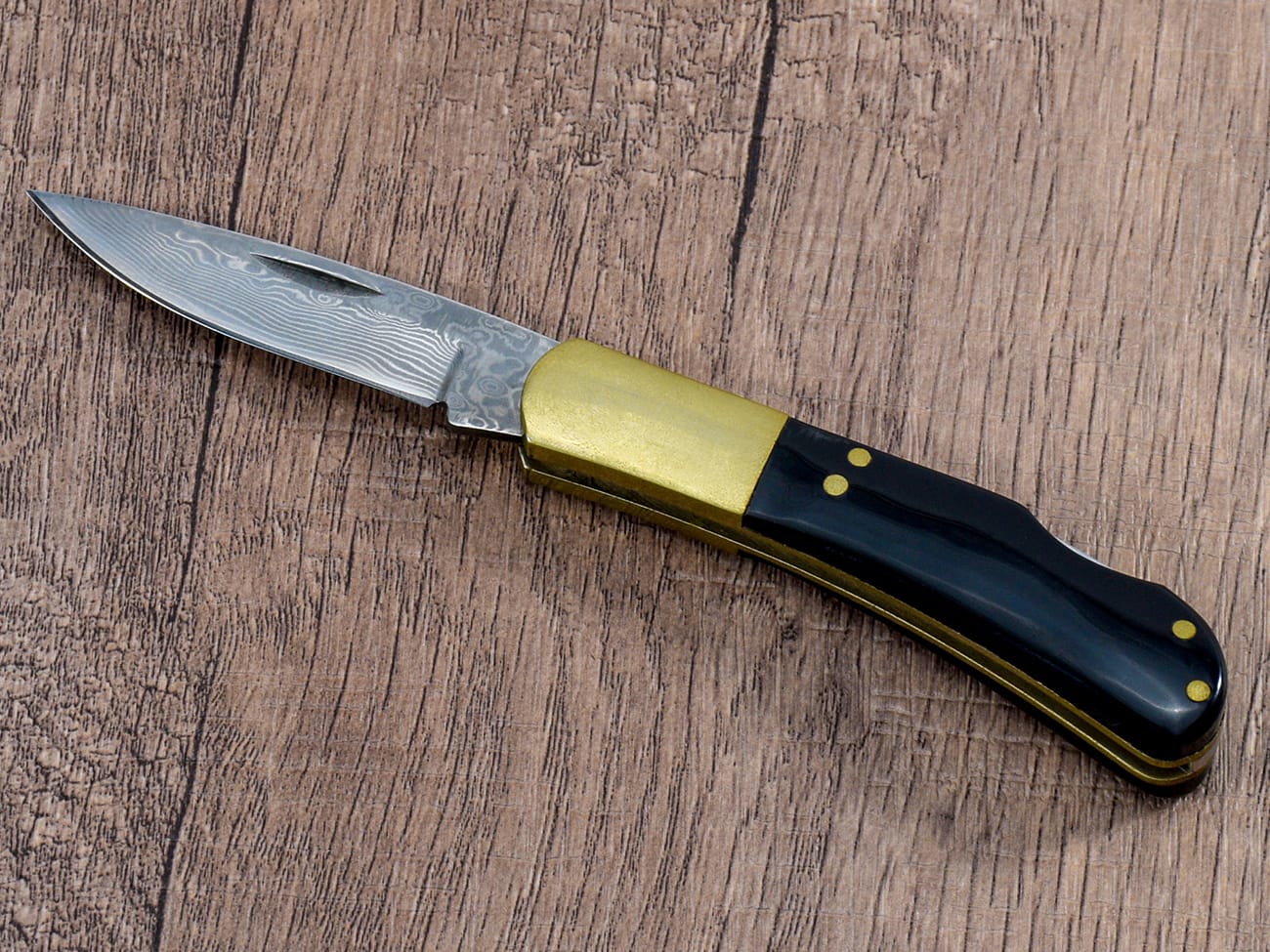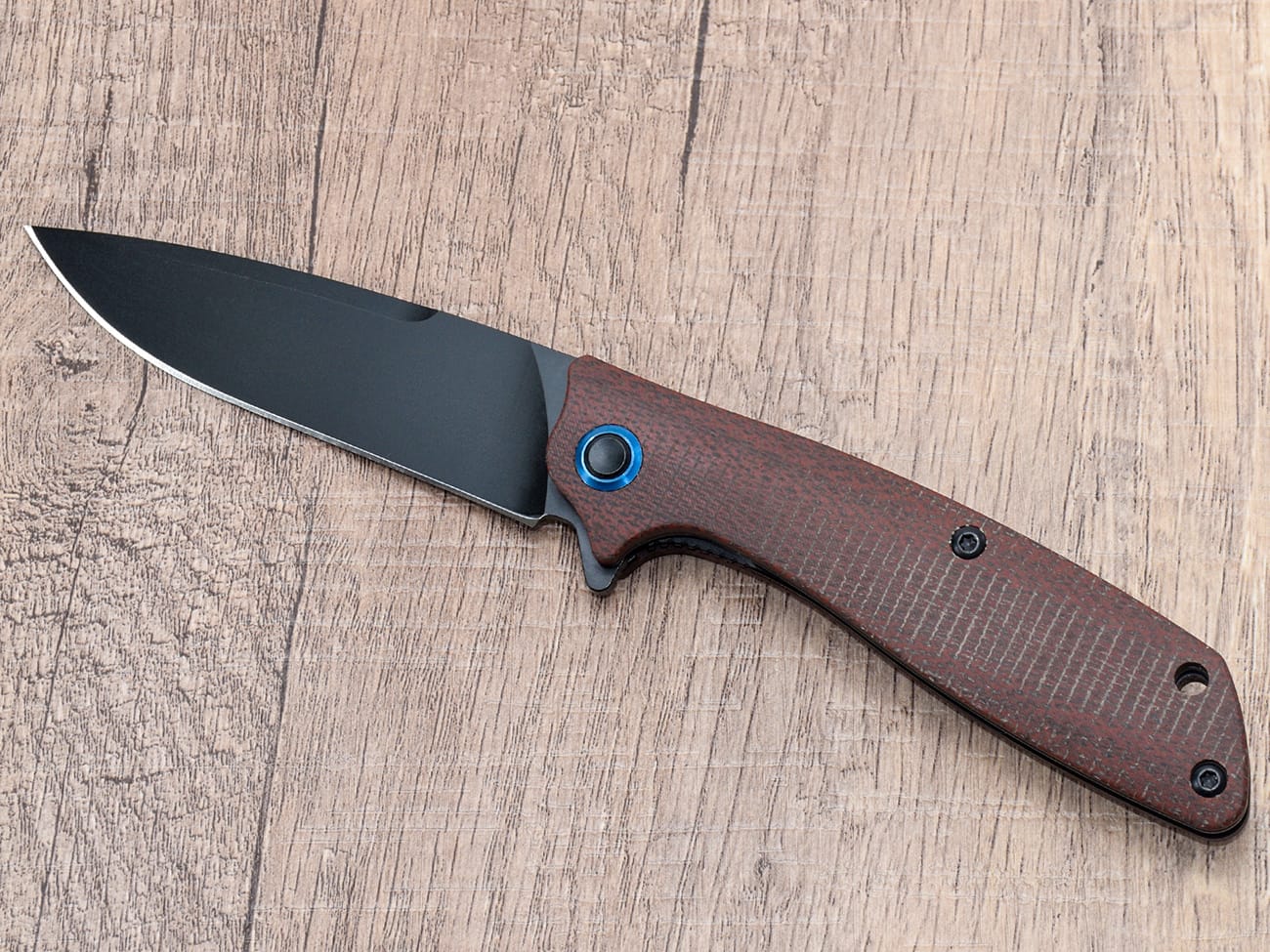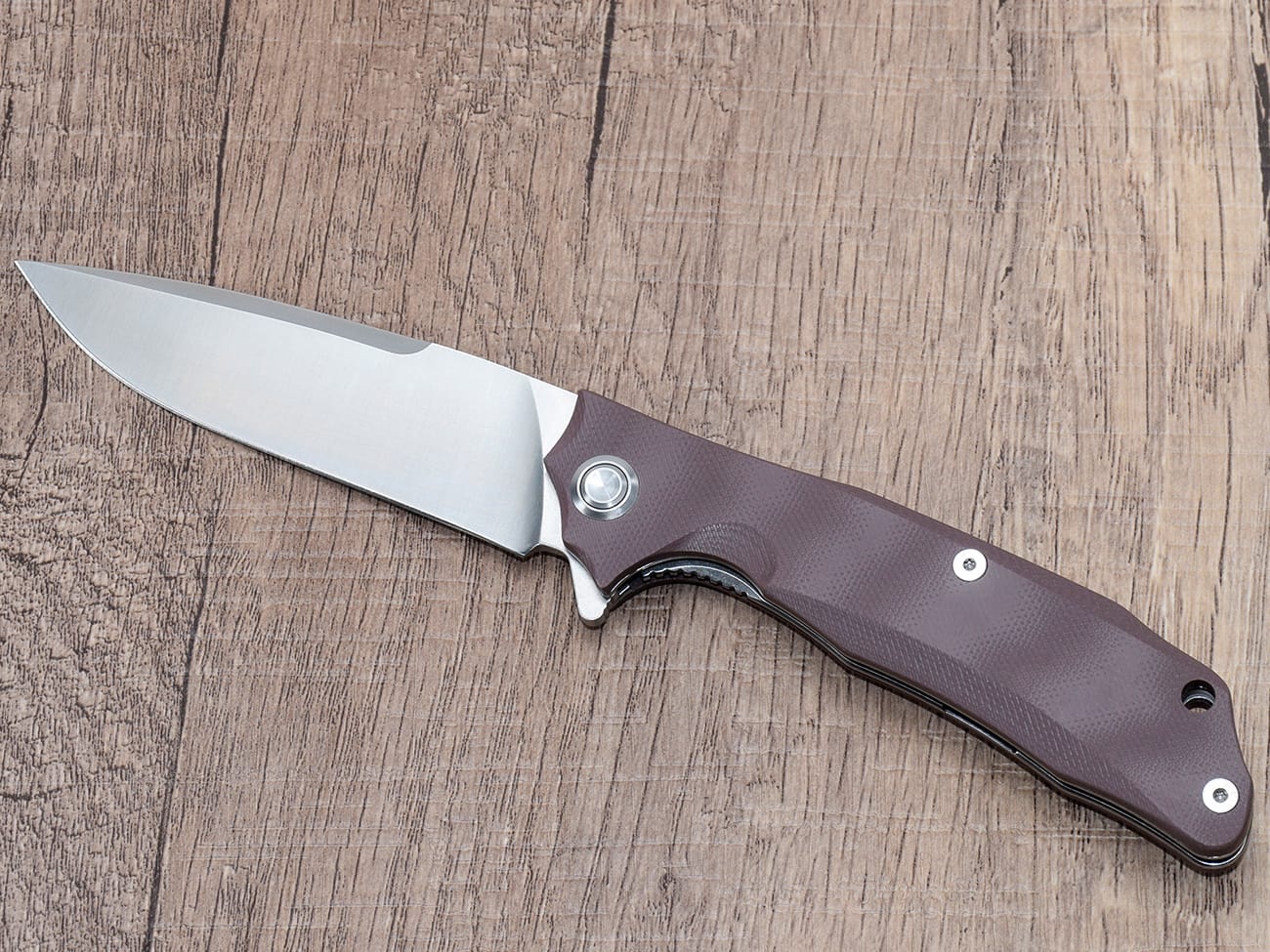Are you looking to customize your knife and give it a unique finish? Whether you’re a knife making enthusiast or a collector wanting to protect the blade while adding visual appeal, this comprehensive guide will walk you through various methods of coloring knife blades. From traditional blueing to modern coating techniques, we’ll explore proven approaches that combine aesthetics with durability.
What Are the Benefits of Coloring a Knife Blade?
Before diving into the methods, it’s important to understand why you may want to color your blade. Coloring a knife blade isn’t just about aesthetics – it can:
- Protect the blade from rust and corrosion
- Increase the blade’s working lifespan
- Reduce glare and reflection
- Create a unique, personalized finish
- Add value to custom pocket knives
Popular Blade Coatings and Their Applications
Different coating types serve various purposes. Here are some of the most popular blade coatings:
- Gun Blue: Traditional and reliable
- Titanium Nitride: Extremely durable
- DLC (Diamond-Like Carbon): Premium protection
- Oxide Finishes: Natural and attractive
- Paint-Based Coatings: DIY-friendly
How Does the Blueing Process Work?
Blueing is one of the most traditional methods to color a knife blade. This chemical process creates a protective oxide layer that gives the steel a deep blue-black finish. The process involves:
- Thoroughly cleaning the blade
- Applying gun blue solution
- Neutralizing the chemical reaction
- Applying protective oil
What Materials Do You Need for DIY Blade Coloring?
Before starting, gather these essential materials:
- Cleaning supplies
- Protective gear (gloves, eye protection)
- Your chosen coloring agent
- Application tools
- Neutralizing solution
- Protective oil

Damascus steel folding knife with unique pattern and finish
Can You Create a Forced Patina on Your Blade?
Creating a forced patina is a popular method among knife blade materials enthusiasts. This process involves:
- Using household items like mustard or vinegar
- Controlled oxidation of the steel
- Creating unique patterns and colors
- Protecting against further oxidation and corrosion
What Are Professional Coating Methods?
Professional coating methods offer superior durability and finish. Common techniques include:
- Physical Vapor Deposition (PVD)
- Chemical Vapor Deposition (CVD)
- Titanium coating
- Ceramic-based coatings
How to Prepare Your Blade for Coloring?
Proper preparation is crucial for successful blade coloring:
- Clean thoroughly with abrasive materials
- Remove all oil and residue
- Ensure smooth surface finish
- Mask areas you don’t want colored
What Safety Precautions Should You Take?
Safety should always be your priority when working with EDC knives. Essential precautions include:
- Working in a well-ventilated area
- Using appropriate protective gear
- Handling chemicals safely
- Proper disposal of materials
How to Maintain Your Colored Blade?
After coloring your blade, proper maintenance is essential:
- Regular cleaning
- Protective oil application
- Careful storage
- Touch-up as needed
Troubleshooting Common Coloring Issues
Sometimes things don’t go as planned. Here are solutions for common problems:
- Uneven coloring
- Poor adhesion
- Scratches and wear
- Color fading
Key Takeaways for Successful Blade Coloring
Remember these essential points:
- Always properly prepare the surface
- Choose the right method for your blade type
- Follow safety protocols
- Be patient with the process
- Maintain the finish properly
- Consider the blade’s intended use
- Test on a scrap piece first
By following this guide, you can successfully color your knife blade while ensuring both aesthetic appeal and functional protection. Whether you’re working with a stainless steel blade or a carbon steel knife, these techniques will help you achieve the perfect finish for your needs.




